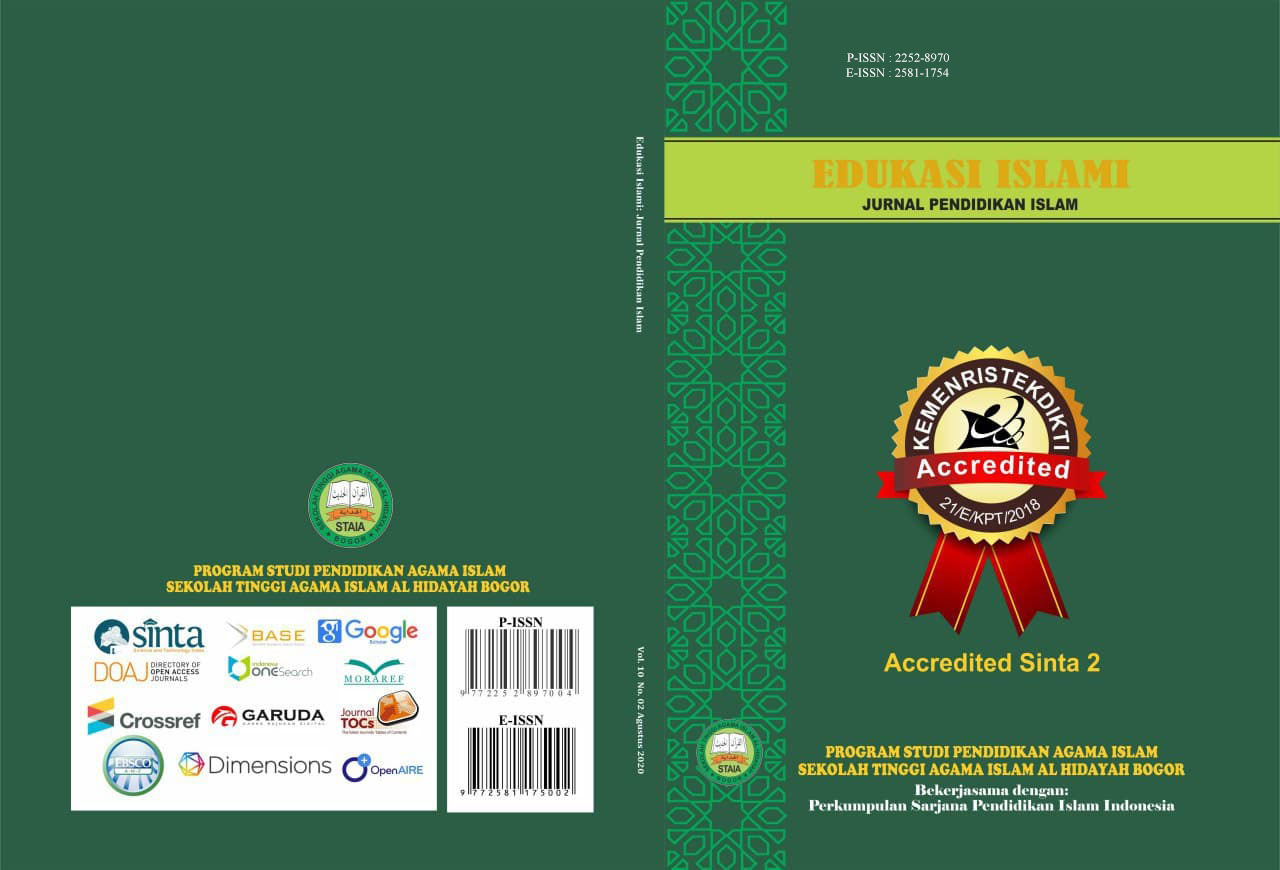Training Needs Management (Case Study At The North Sumatra Province Human Resources Development Agency)
DOI:
https://doi.org/10.30868/ei.v12i001.6186Keywords:
Training, BPSDM North SumatraAbstract
The aim of this research is to discuss training needs management (case study at the Human Resources Development Agency of North Sumatra Province). This research uses a qualitative approach with descriptive methods. Data collection techniques use interview techniques, observation, and document study, while to strengthen validity, use credibility, transferability, dependability, and comfirmability. The results of this research are: (1) Training needs management is carried out using various methods and processes; the initial steps taken are planning, analyzing, and identifying these needs, which are also integrated with the North Sumatra province strategic plan to support the achievement of the North Sumatra vision and mission. The North Sumatra provincial HR development agency also develops training programs based on identified needs, such as developing training methods, selecting programs, collaborating with external parties, and evaluating programs that have been implemented previously. and there is also ineffective or inefficient communication regarding training needs, which can also lead to delays in information gathering or inappropriate coordination. (3) The model implemented by the North Sumatra provincial HR development agency regarding training needs management begins with identifying training needs, determining quality, training planning, training implementation, training evaluation, monitoring and improvement, reporting and transparency, career development, training needs data management, and stakeholder involvement. The above model of course management of training needs will be implemented more effectively if all the systems and models that have been designed work well.
References
Bangun, W. (2012). Manajemen Sumber Daya Manusia. erlangga.
Danang Sunyoto. (2012). Manajemen Sumber Daya Manusia. CAPS (Center for Academic Publishing Service).
Danner, M., Geiger, F., Wehkamp, K., Rueffer, J. U., Kuch, C., Sundmacher, L., Skjelbakken, T., Rummer, A., Novelli, A., Debrouwere, M., & Scheibler, F. (2020). Making shared decision-making (SDM) a reality: protocol of a large-scale long-term SDM implementation programme at a Northern
Gagne, R. M., Wager, W. W., Golas, K. C., Keller, J. M., & Russell, J. D. (2005). Principles of instructional design, 5th edition. Performance Improvement, 44(2), 44–46. https://doi.org/10.1002/pfi.4140440211
Gomes, F. C. (2003). Manusia, Manjemen Sumber Daya. CV. Andi Offset.
Gould, D., Kelly, D., White, I., & Chidgey, J. (2004). Training needs analysis. A literature review and reappraisal. International Journal of Nursing Studies, 41(5), 471–486. https://doi.org/10.1016/j.ijnurstu.2003.12.003
Hasibuan, M. S. . (2012). Manajemen sumber Daya Manusia. Bumi Aksara.
Iswan. (2021). Manajemen Pendidik dan pelatihan. Rajawali Pers.
Kincaid, J. P., Hamilton, R., Tarr, R. W., & Sangani, H. (2003). Simulation in Education and Training. In Applied System Simulation (pp. 437–456). Springer US. https://doi.org/10.1007/978-1-4419-9218-5_19
Martin, J. (2010). Key Concepts in Human Resource Management. SAGE Publications Asia-Pacific.
Rivai, V. (2013). Manajemen Sumber Daya Manusia Untuk Perusahaan. Raja Grafindo Persada.
Simamora, H. (2004). Manajemen SDM, Edisi ke-3. Bagian Penerbit Sekolah Tinggi Ilmu Ekonomi YKPN.
Sugiyono. (2013). Metode Penelitian Kuantitatif, Kualitatif, dan R&D. CV. ALFABETA.
Widianto, E. (2018). Pola Penyelenggaraan Pendidikan dan Pelatihan Di Balai Diklat Keuangan Kota Malang. Ilmu Pendidikan: Jurnal Kajian Teori Dan Praktik Kependidikan, 3(1), 40–49. https://doi.org/10.17977/um027v3i12018p040
Downloads
Published
Issue
Section
Citation Check
License
Authors who publish with this journal agree to the following terms:
- Authors retain copyright and grant the journal right of first publication with the work simultaneously licensed under a Creative Commons Attribution License that allows others to share the work with an acknowledgment of the work's authorship and initial publication in this journal.
- Authors are able to enter into separate, additional contractual arrangements for the non-exclusive distribution of the journal's published version of the work (e.g., post it to an institutional repository or publish it in a book), with an acknowledgment of its initial publication in this journal.
- Authors are permitted and encouraged to post their work online (e.g., in institutional repositories or on their website) prior to and during the submission process, as it can lead to productive exchanges, as well as earlier and greater citation of published work (See The Effect of Open Access).









